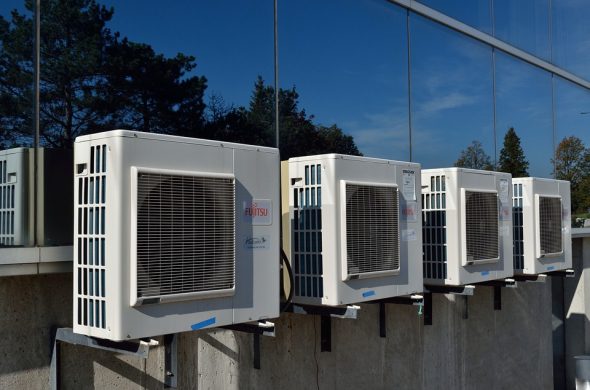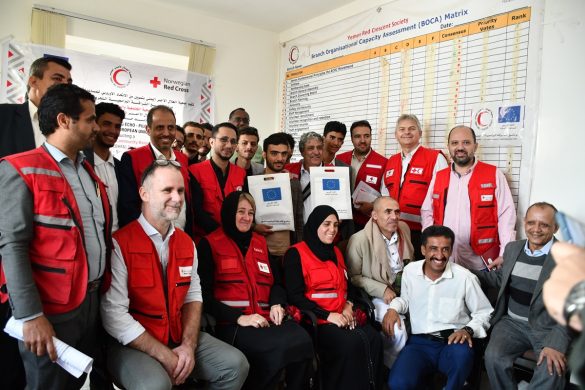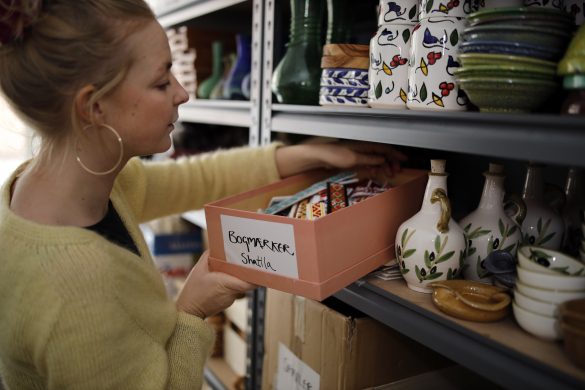BEIJING, 10 April 2017 (UNIDO): The United Nations Industrial Development Organization (UNIDO) and the United Nations Environment Programme (UN Environment) have convened a series of meetings in China this week to help the Gulf region countries to mainstream climate-friendly air conditioning.
The events brought together representatives from the Gulf countries, Chinese manufacturers, and companies from Japan and the United States who will jointly implement climate-friendly technologies in the air conditioning sector.
“The Gulf countries use 15 per cent of global air conditioning, making a significant contribution to global CO2 emissions,” said Ole Nielsen, Chief of UNIDO’s Montreal Protocol Division, commenting on the initiative.
“Our project called PRAHA: Promoting low global warming potential refrigerants for air conditioning sectors in high ambient temperature countries, is helping to drastically change the mentality of manufacturers, ‘reprogramming’ them for cooperation, rather than competition".
"As a result of our efforts, we now see countries working together towards a common goal: avoiding greenhouse gases and achieving improved energy efficiency.”
Vicious circle of air conditioning
The vicious circle of air conditioning – by cooling ourselves down, we heat up the earth – is a worldwide problem, which is critical in hot countries, where air conditioners do not operate efficiently due to climatic conditions, and all current models use potent greenhouse gases. Global air conditioning stocks are expected to grow by 700 million units by 2030, and growing demand for refrigeration and air conditioning units worldwide could increase electricity usage by 80% between 2010 and 2100.
The PRAHA project aims to change that. In 2013, the project was approved by the Executive Committee of the Multilateral Fund, with UNIDO and UN Environment as implementing agencies. The project is helping to find alternative climate-friendly refrigerants and improve units’ energy efficiency.
To phase out hydrochlorofluorocarbons (HCFCs) damaging the ozone layer, an alternative must be found. Currently, the main alternatives are potent greenhouse gases.
“By building prototypes and testing various alternatives, it became clear that a full product redesign would be necessary, and the appropriate components would need to be developed and made commercially available. International conferences and study tours in China and Japan educated participants about alternative technologies,” said Nielsen.
Now in its second phase, the PRAHA project will be extended to include more countries, including Egypt, Pakistan, Tunisia, and Viet Nam.















